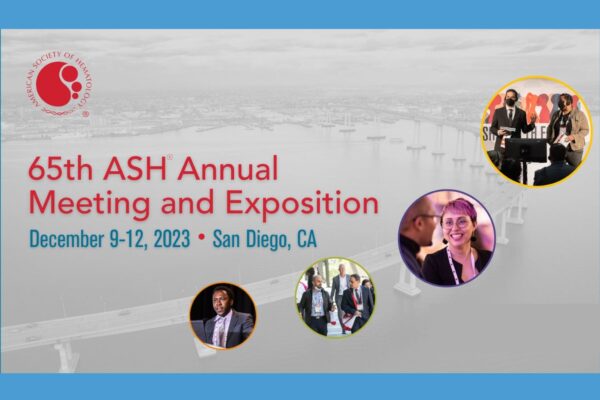PhD
Professor, Pathology and Lab Medicine
UNC-Chapel Hill
Cancer Cell Biology
Area of Interest
The focus of my research lab is on biochemical, biophysical, and cellular mechanisms governing hemostasis and thrombosis, and analysis of approved and/or novel therapeutics.
Coagulation — Coagulation occurs after cellular proteins are exposed to flowing blood. Exposure of these proteins triggers a series of enzymatic reactions that culminate in the production of thrombin. Thrombin then activates platelets and cleaves the plasma protein, fibrinogen, to fibrin, which polymerizes into a web-like mesh that stabilizes the blood clot. These processes are dictated by proteins and cells found in the blood, cells lining the blood vessels, and the flow of blood through the vessels. To examine events leading to clot formation, we use in vivo, ex vivo, and in vitro models of blood coagulation. By integrating these methodologies, we can precisely correlate enzyme activity (thrombin) and functional effect (clot formation, structure and stability). Our assays have demonstrated their utility as important tools for both basic and preclinical studies.
Thrombosis — Thrombosis [myocardial infarction (heart attack), cerebral infarction (stroke), and venous thromboembolism (blood clots in the arms and legs that may travel to the lungs)] is thought to result from abnormalities in vascular cells, blood proteins, and blood flow. We have demonstrated specific, causative roles for elevated levels of blood proteins (fibrinogen, factor VIII, prothrombin) in both arterial and venous thrombosis. Recently, we identified a novel role for transglutaminase activity in venous thrombosis and speculate this enzyme is a novel therapeutic target for thrombosis prevention. Ongoing work focuses on molecular mechanisms dictating the effects of these proteins on thrombin generation and fibrin formation, and how cross-talk between blood proteins and cells (leukocytes, platelets, red blood cells, and endothelium) promote thrombosis.
Bleeding — Hemophilias A and B are hereditary bleeding disorders. We are examining how hemophilia modulates thrombin generation, and clot formation, structure and stability. We have observed that deficiency in factors VIII or IX—proteins missing in patients with hemophilia—causes the formation of clots with an abnormal structure and decreased stability. We hypothesize that hemophilic bleeding results from formation of poorly structured clots and that therapies that stop bleeding do so by normalizing clot structure and stability. We are comparing different strategies to treat hemophilic bleeding, including replacement therapy and bypass therapy with high dose factor VIIa, FEIBA, and novel bioengineered “superenzymes.”


